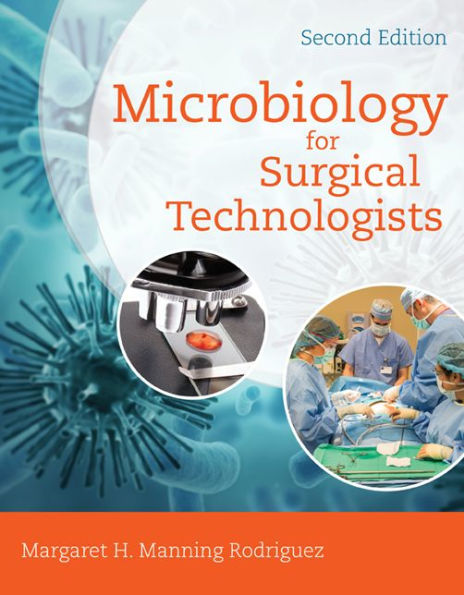5
1
9781111306663



Microbiology for Surgical Technologists / Edition 2 available in Paperback

Microbiology for Surgical Technologists / Edition 2
- ISBN-10:
- 1111306664
- ISBN-13:
- 9781111306663
- Pub. Date:
- 01/01/2016
- Publisher:
- Cengage Learning
- ISBN-10:
- 1111306664
- ISBN-13:
- 9781111306663
- Pub. Date:
- 01/01/2016
- Publisher:
- Cengage Learning

Microbiology for Surgical Technologists / Edition 2
$202.95
202.95
In Stock

Product Details
| ISBN-13: | 9781111306663 |
|---|---|
| Publisher: | Cengage Learning |
| Publication date: | 01/01/2016 |
| Series: | MindTap Course List |
| Edition description: | New Edition |
| Pages: | 480 |
| Sales rank: | 338,040 |
| Product dimensions: | 8.40(w) x 10.70(h) x 0.80(d) |
About the Author
From the B&N Reads Blog

